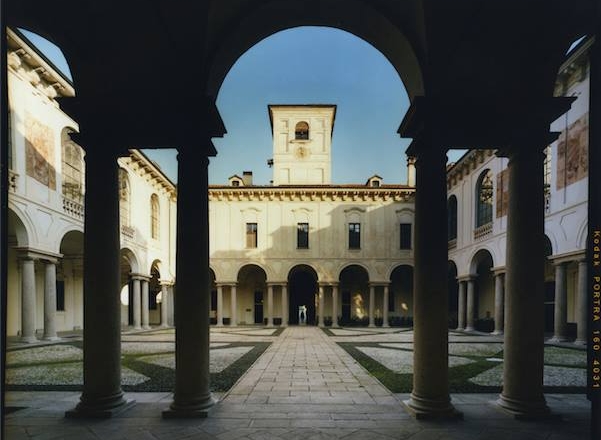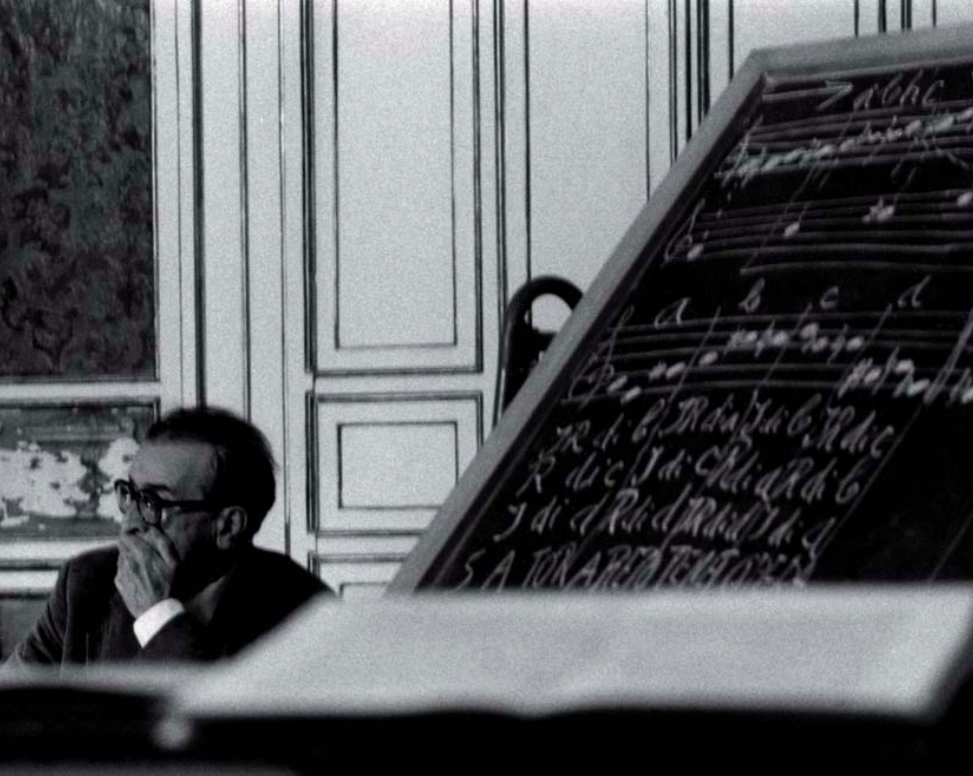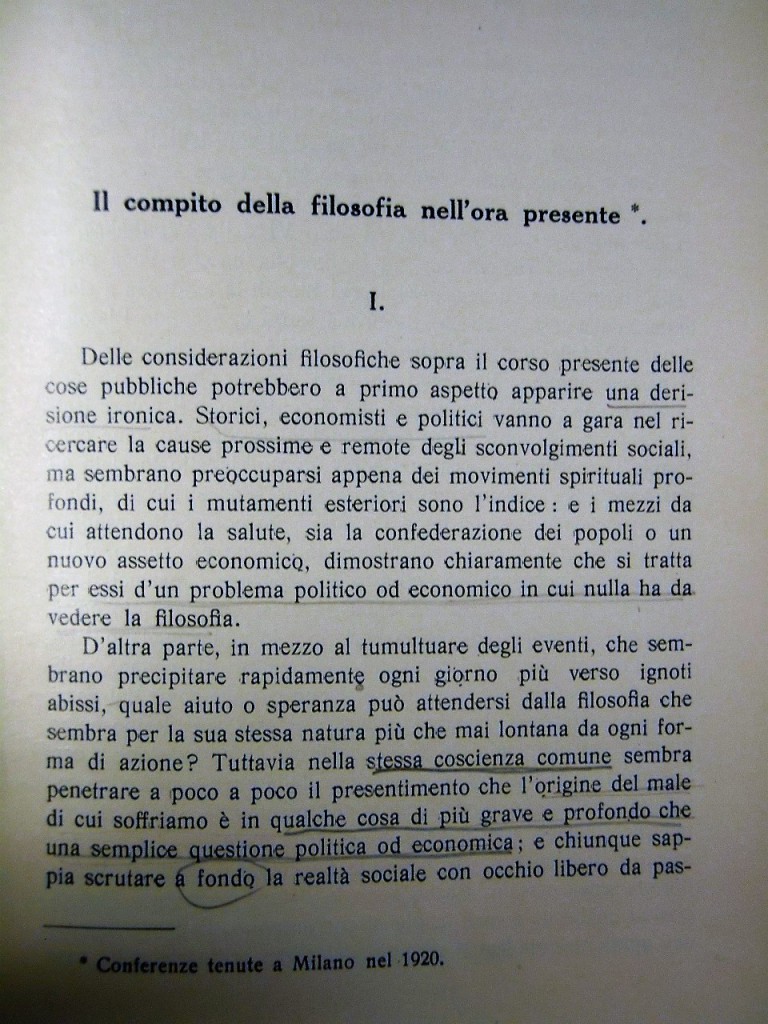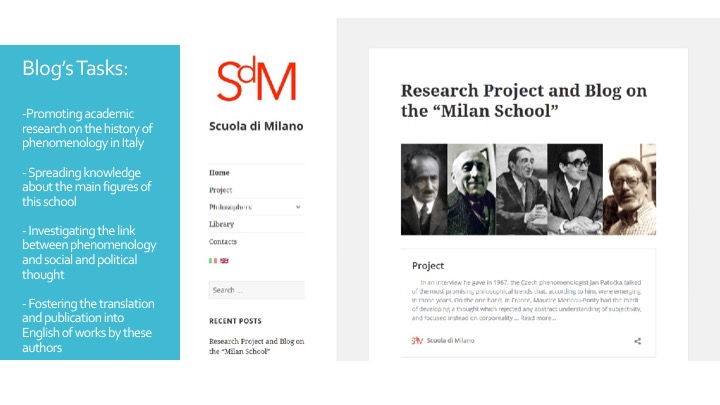[Materiali di Estetica, N. 3,1, 2016, p. 119-122. Republished by gracious permission of the Author]
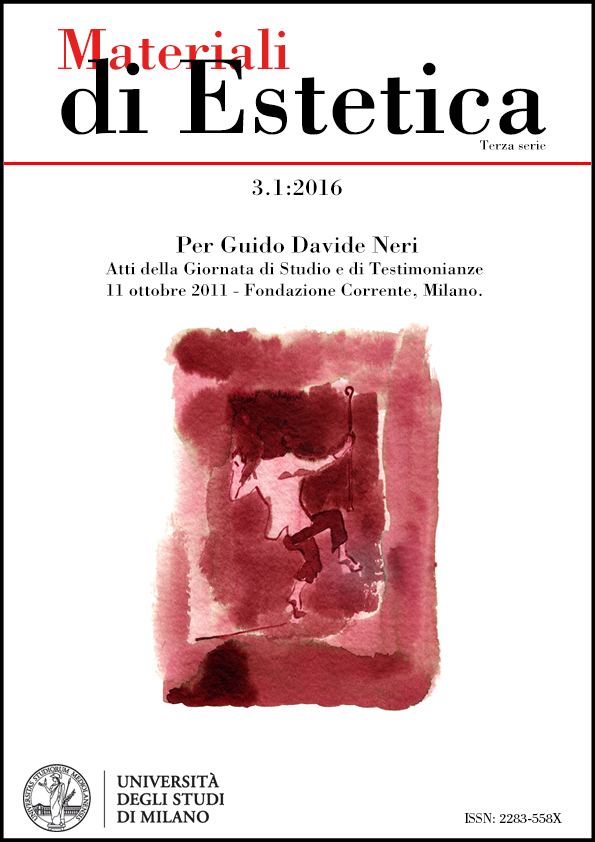
1. I take this title from an essay by Guido Davide Neri, the contents and take of which I decided to further develop by taking a more personal stance towards it. This decision to refer back to Guido’s pages comes from the great debt of gratitude that I owe to him since our first meeting more than 50 years ago.
The essay in question was written in 1982, and the ‘after’ of the title referred to the situation in Eastern Europe following the repression and normalization that took place over the 1960s and 70s. In this regard, Neri particularly focused on the condition of Poland, by referring to Solidarność and the attempt to build a “stratified socialism” (as Neri defined it in another article from 1974).
Neri would later recall, however, also another “after” – namely the one that follows Gorbachev’s failed attempt to renew the Soviet Union, which ends up dissolving along with the very idea of a “realized” socialism.
In order to better understand this point, it is helpful to take into account Neri’s last paper, which consists of a series of notes for a lecture on phenomenology that he never managed to deliver (see on this Neri, Il sensibile la storia l’arte. Scritti 1957-2001, Verona: ombre corte, 2003, 171-183. See also L. Fausti, Guido Davide Neri tra scepsi e storia. Un percorso filosofico, Milano: Unicopli, 2010, 122-124).
Read moreGuido D. Neri – Images of what is “after”. Natural World, Europe, Cosmopolitanism
